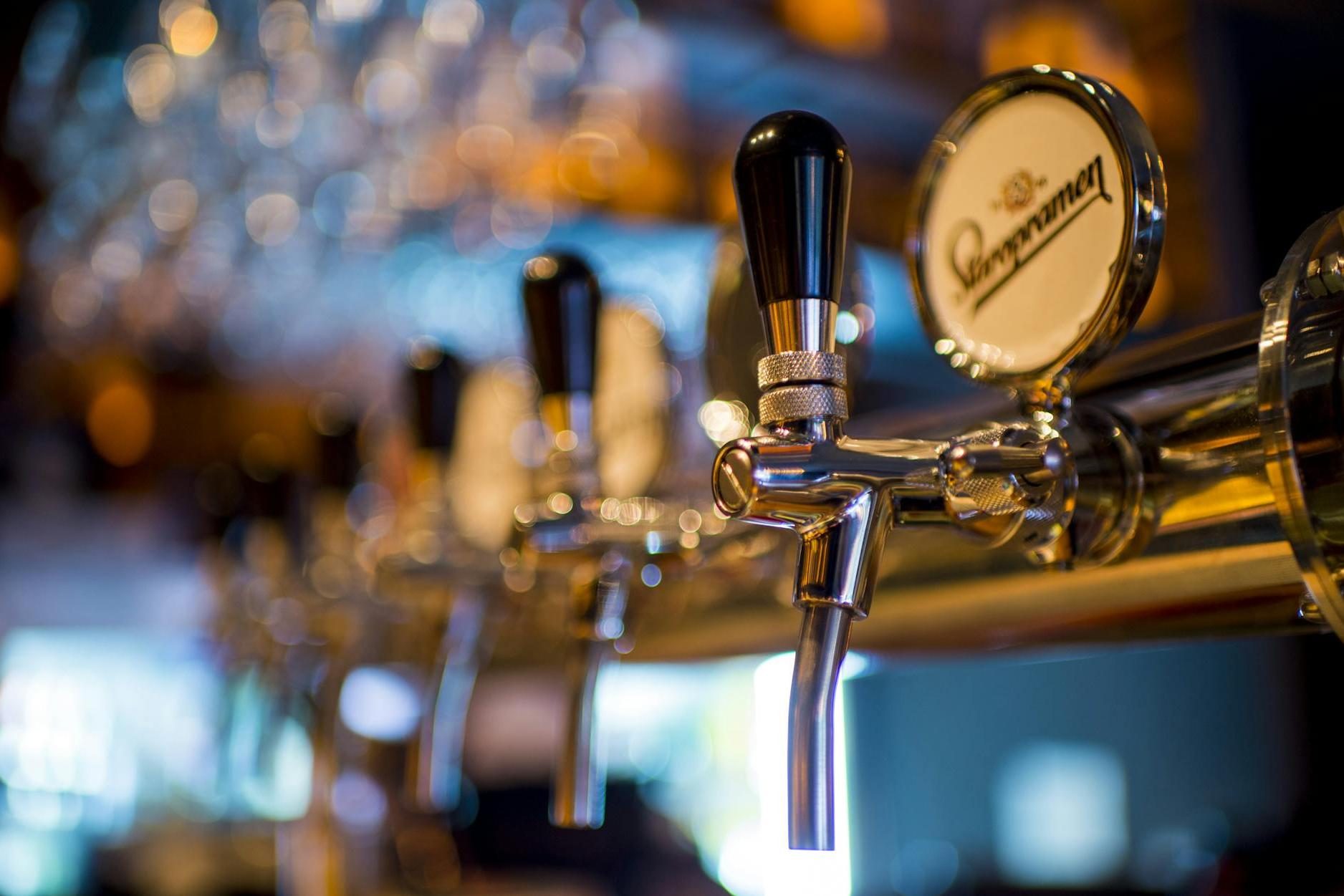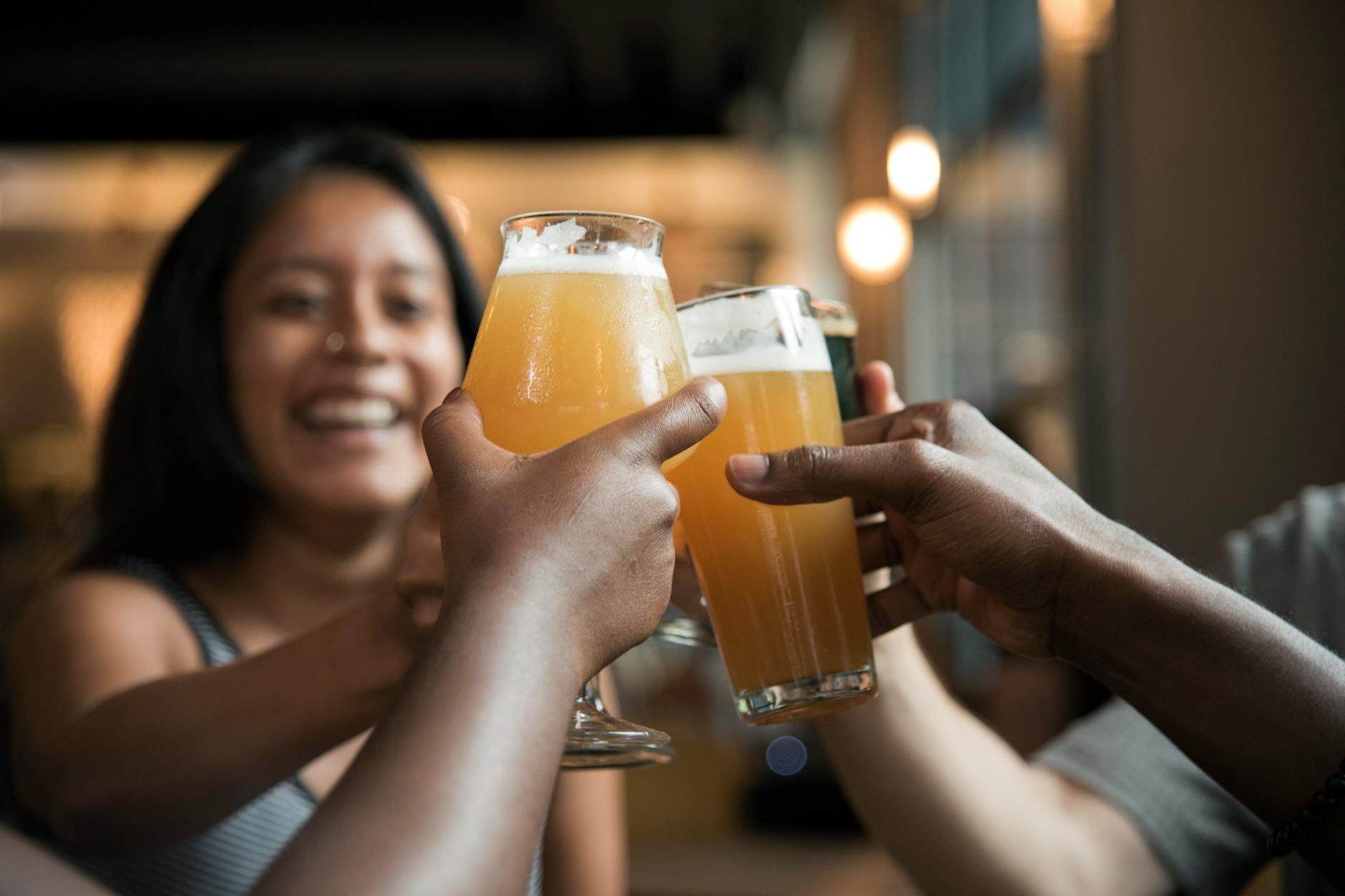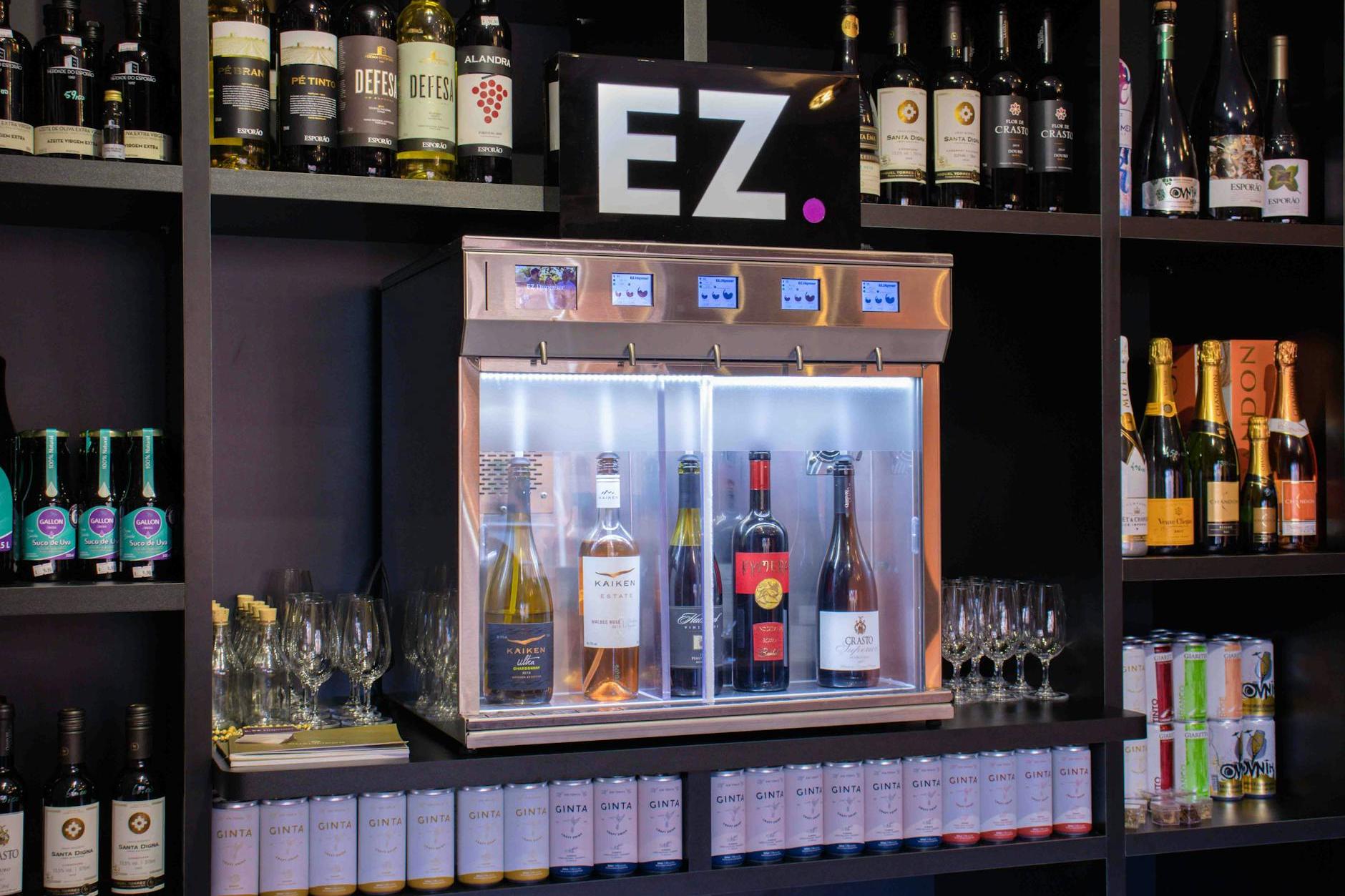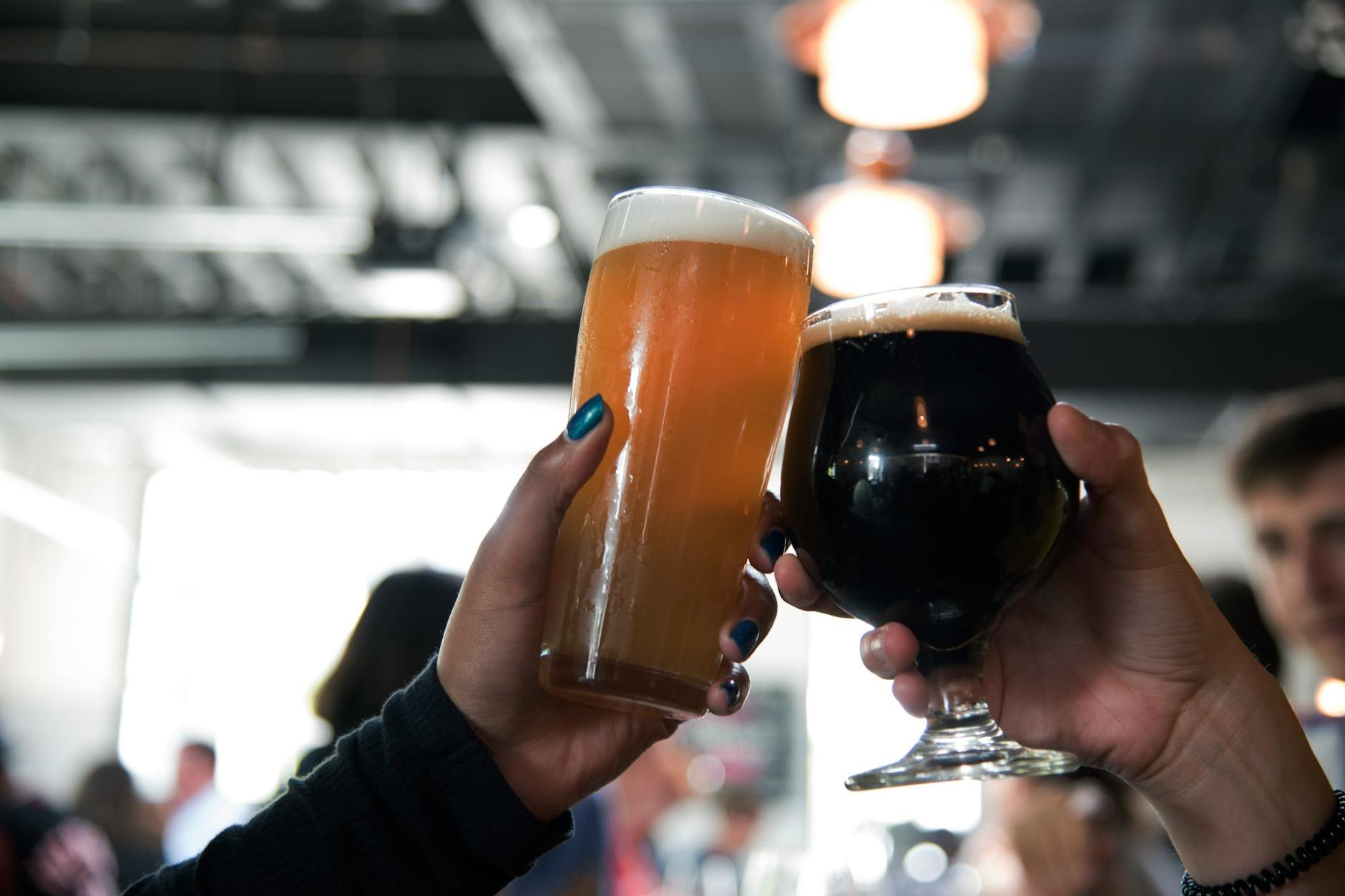- Shanghai Zhongshen International Trade Co., Ltd. - Two decades of trade agency expertise.
- Service Hotline: 139 1787 2118
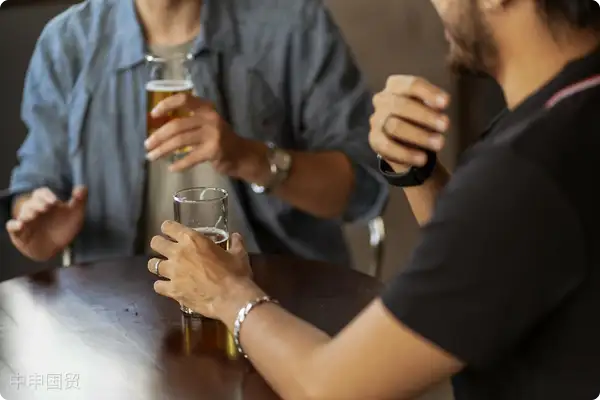
When German Beer Meets the Chinese Dining Table
Last year at Oktoberfest, I noticed an interesting phenomenon—the number of Chinese buyers increased by 40% compared to 2019, but less than 30% of importers could sustain their operations. As a "beer porter" with 20 years of experience, I'd like to share with you the business insights hidden in the aroma of malt.
The Three Golden Rules of German Beer
- Geographical Indication Protection System: Authentic "German Beer" must comply with the regulations of the 1516 "Reinheitsgebot" (Purity Law). Look for the "Geschützte geografische Angabe" (g.g.A.) label on the bottle.
- Certification of Featured Production Areas: Regional beer varieties such as K?lsch from Cologne and Altbier from Düsseldorf require special attention to constant temperature control during transportation.
- Alcohol Content Grading System: From 4.5% Schankbier to 14% Starkbier, different classifications correspond to varying import tax rates.
The devil is in the details of the import process.
| Stage | Key control points | Time Cost |
|---|---|---|
| Supplier Screening | HACCP Certification Validity Verification | 2-4 weeks |
| Logistics solution | Maritime TransportationTemperature curve recording of constant temperature cabinet | +5-7天 |
| : Singapore levies an 8% Goods and Services Tax (to be adjusted to 9% in 2024), and the declaration needs to be completed in the Customs@SG system. | Liquor Hygiene Certificate and Chinese Back Label Pre-approval | 3 Working Days |
Five Must-Ask Questions When Selecting a Partner
- Do you possess a liquor business license (Note: General food qualifications ≠ liquor qualifications)?
- Does the bonded warehouse have specialized temperature-controlled zones (the optimal storage temperature for beer is 8-12℃)?
- Could you provide the full-process temperature monitoring report for transportation?
- Are you familiar with the special packaging declaration requirements (such as fumigation certificates for wooden pallets)?
- Has a product recall emergency mechanism been established?
Blood and Tears Lessons: Two Real Cases
Case A:An importer neglected the hop content standards in the Bavaria region, resulting in the entire shipment being returned, causing a direct loss of 230,000 euros.
Case B:The agent opted for a low-cost ocean shipping solution, during which the container's internal temperature rose to 28°C while crossing equatorial waters, resulting in the spoilage of all 5,000 cases of beer.
Avoid these three cognitive pitfalls
- Misconception 1:"Low price = high cost performance"
Suggestion: Request the supplier to provide a complete TCSP (Total Cost of Service Package) list. - Misconception 2:"Made in Germany = Absolute Safety"
Recommendation: Request a heavy metal residue test report for each batch. - Misconception 3:"It's most cost-effective to deal directly with the winery."
Suggestion: Small and medium-sized importers should prioritize member companies of regional trade associations.
Practical Tips for Newcomers
- For the first batch, it is recommended to adopt the CIF terms + Sinosure combination solution.
- Try small-batch, multi-variety trial orders (recommended combination of 3-5 SKUs).
- Establish an emergency revolving inventory (recommended to be no less than 30% of monthly sales).
- Confirm the HS code classification details with the customs clearance agent (pay special attention to the malt concentration threshold).
Final Notes
I remember back in 2012 when representing a certain dark beer, I almost triggered a cultural controversy by failing to notice the abbey emblem on the label involved religious elements. The knowledge in this trade is like beer foam—seemingly simple but actually full of mysteries. Old pals planning to enter the game, is your "beer passport" ready?
Related Recommendations
Category case
Get in Touch
Email: service@sh-zhongshen.com
Related Recommendations
Contact via WeChat

? 2025. All Rights Reserved. Shanghai ICP No. 2023007705-2  PSB Record: Shanghai No.31011502009912
PSB Record: Shanghai No.31011502009912
